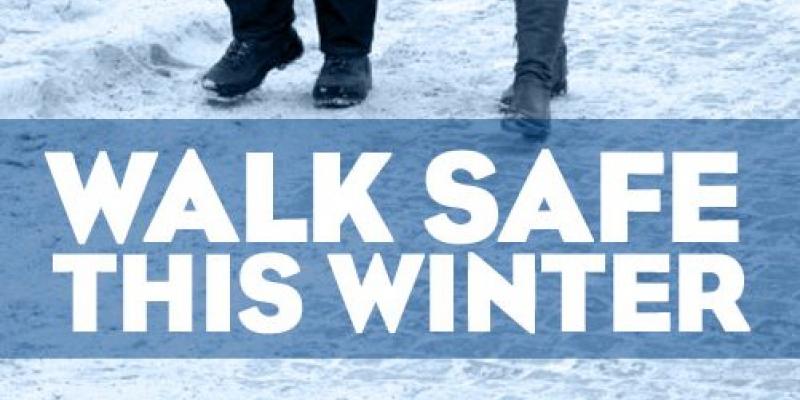There are 3 basic reasons why someone may need a walking device
1. You cannot stand reliably on one or both of your legs
(decreased weight bearing):
Examples:
Fractures that are healing or non-healing
Wounds that are slow to heal on the feet and lower legs
Pain related to arthritic conditions and poor circulation
Hip precautions following surgery
2. Fatigue or decreased endurance
Examples:
respiratory conditions, shortness of breath
Deconditioned physical fitness following an extended illness
Systemic conditions
Frailness associated with normal aging
Arthritis
3. Poor Balance
Examples:
Neurological conditions such as stroke, multiple sclerosis, cerebral palsy, or diabetic neuropathy
Low blood pressure
Dizziness
Slow reflexes to changes in position or body sway
For some people the reason for choosing a walker is clear and easily identified. However, often there is a complex mixture of these three reasons which complicates the selection of a walker. A therapist should be able to assist you in determining your need for a walker and the correct walker for you.
What is the primary purpose of the walker?
To increase independence in daily activities (toileting, bathing, in/out of bed)?
To improve mobility in the home?
To improve community access?
To improve safety?
To improve limited breathing ability?
What else should I consider?
Space
Small spaces vs. large spaces: Do you have the space to turn a large walker? What about the space beside your bed, in front of your fridge, in the bathroom? Can the walker fit through doorways?
Transporting the walker
Stairs (inside, outside): Do you need a lightweight walker to carry up and down stairs? Do you need a second walker? Do you live with someone who can help you carry the walker?
Transportation (independent driver, family or friends drive, community transportation for people with disabilities, or taxi/public transportation): Will your walker fit your mode of transportation? Can you lift it into your vehicle if you are alone?
Your home
Can you move the walker over the carpet?
Obstacles vs. clear pathways which you may encounter.
Parking (inside, outside, distance): Are there any barriers between where you park or where you get in and out of a car and your home?
Is the walker used predominantly indoors or outdoors? Indoor use allows for the purchase of lighter and smaller frames. Outdoor use requires the purchase of walkers with locked frames, heavy duty components and better quality casters.
Does my walker fit?
Height: Most walkers adjust to fit specified height ranges. Your walker should support you standing as tall as possible, with minimal strain upon your hands, wrists, shoulders and neck. Walkers are usually adjusted so that the handles are at the height of your wrist when standing with your arms relaxed at your side. Standing straight, allow your arms to fall loosely at your sides. The top of the push handle should meet at the approximate location of your wrist. If the push handle is closer to your fingertips, the walker is too short and needs to be adjusted. If the push handles are closer to your elbow, the walker is too high. In both cases, you will need to adjust your walker
Seat height: The height of the seat will vary from person to person.
Things to consider; leg strength; tall people with good leg strength sometimes prefer a lower seat, even though they might be measured for a higher one. Shorter individuals might be measured for a low seat, but prefer a taller one because they have bad knees or poor leg strength. For them, the less they have to bend, the better. Generally, when sitting on the seat, your feet should be flat on the floor.
Width: The width of a walker must provide adequate clearance for your step. You will need a walker that is wider than average if you walk with your feet far apart. You also want to be sure that the seat of your walker is proportional to your hip width. You should be able to sit down on your walker and have about an inch space between your hip and the edge of the seat. If your walker is too small, it might create discomfort when you sit down to take a rest. If your walker is too wide, it will take up unnecessary space and possibly create challenges when moving within your living environment.
Safe Grip: Ensure that you can comfortably grip the walker for stability. Many manufacturers provide options for ergonomic handles.
Braking system: Ensure that you can reliably operate the wheel lock system on a rollator, and engage the system to slow the speed of your walker if necessary.
Weight Capacity: There is a maximum weight capacity for most walkers/rollators. Please ensure that you are within the weight limits recommended for the walker you purchase.









One Comment